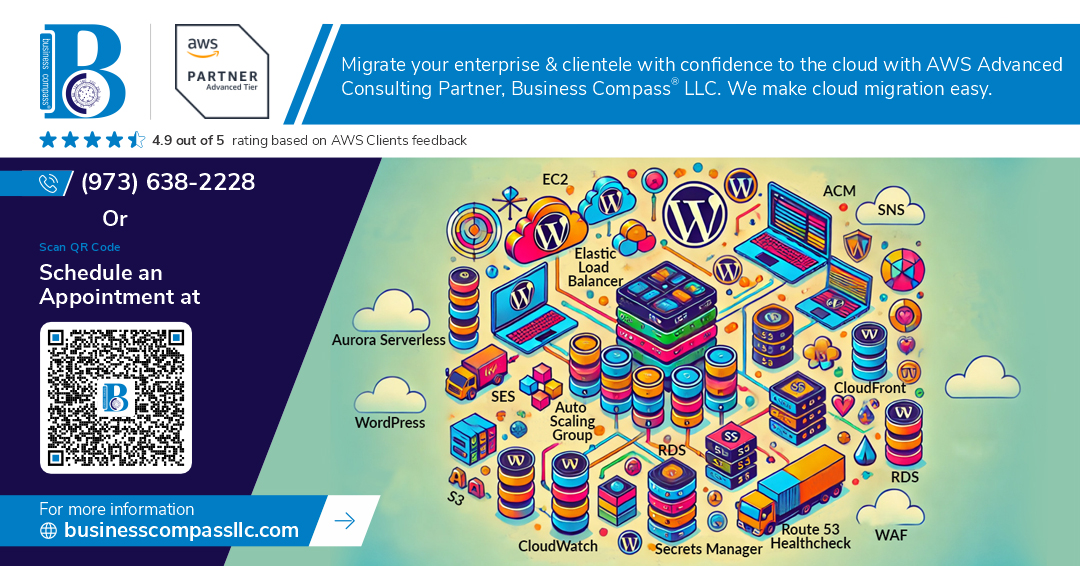Choosing the Right AWS Load Balancer: ALB vs. NLB vs. GLB
In the AWS ecosystem, load balancers ensure your applications' scalability, reliability, and high availability. Amazon offers three main types of load balancers via Elastic Load Balancing (ELB):
Application Load Balancer (ALB)
Network Load Balancer (NLB)
Gateway Load Balancer (GLB)
Each serves a unique purpose based on your application requirements. Let's explore their differences and when to use which.
Application Load Balancer (ALB)
Best For:
HTTP and HTTPS traffic
Modern web apps using microservices and containerized services
Layer 7 (Application layer) routing
Features:
Path-based and host-based routing
WebSocket support
Redirects, fixed responses
Native integration with Amazon ECS, EKS, and Lambda
Advanced routing for microservices
Use ALB When:
You need fine-grained routing logic based on URLs or headers
Hosting multiple services under one domain (e.g., /api, /auth)
Implementing serverless apps
Network Load Balancer (NLB)
Best For:
TCP, UDP, and TLS traffic
High performance with ultra-low latency
Layer 4 (Transport layer) routing
Features:
Handles millions of requests per second
Static IP or Elastic IP support
TLS offloading
Ideal for real-time applications (e.g., gaming, financial apps)
Use NLB When:
You need to handle large volumes of connections with minimal latency
Your application requires static IPs or Elastic IP integration.
You need to preserve the source IP for backend applications.
Gateway Load Balancer (GLB)
Best For:
Deploying, scaling, and managing third-party virtual appliances (e.g., firewalls, deep packet inspection tools)
Layer 3 (Network layer) traffic
Transparent insertion of appliances
Features:
Combines transparent network gateway and load balancer
Elastic and scalable appliance deployments
Operates at the IP layer (L3)
Use GLB When:
You need traffic inspection, IDS/IPS, or third-party security appliances
Integrating virtual firewalls in a centralized architecture
You require inline appliance chaining.
Comparison Table
1. Protocol Layer:
ALB (Application Load Balancer): Operates at Layer 7 (HTTP/HTTPS).
NLB (Network Load Balancer): Operates at Layer 4 (TCP/UDP/TLS).
GLB (Gateway Load Balancer): Operates at Layer 3 (IP).
2. Performance:
ALB: High.
NLB: Ultra-high.
GLB: High.
3. Target Type Support:
ALB: Supports EC2, IP, and Lambda targets.
NLB: Supports EC2 and IP targets.
GLB: Supports appliances such as EC2 or virtual appliances.
4. Health Checks:
ALB: Uses HTTP/HTTPS health checks.
NLB: Uses TCP/HTTPS health checks.
GLB: Uses TCP health checks.
5. IP Preservation:
ALB: Does not preserve the client IP.
NLB: Preserves the client IP.
GLB: Preserves the client IP.
6. Static IP Support:
ALB: Does not support static IPs.
NLB: Supports static IPs.
GLB: Supports static IPs.
7. Use Case:
ALB: Best for web applications and microservices.
NLB: Ideal for gaming, IoT, and financial applications.
GLB: Suited for security and traffic inspection.
Final Thoughts
Choose ALB for sophisticated HTTP/HTTPS routing and microservice architectures.
Use NLB for blazing-fast performance and IP-preserving needs.
Opt for GLB when you need to deploy third-party security appliances at scale.

Comments
Post a Comment